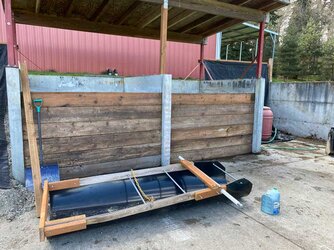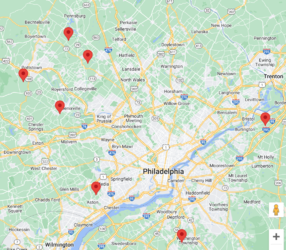Our yard produces an insane amount of waste, and we don't have any very large wooded area to just make a dump pile of sufficient size for what we are generating. I've been grinding up leaves with gator blades on my mower, and directing them into some of the larger gardens around the property perimeter, and that has worked fairly well for all of the leaves generated by the roughly 100 deciduous trees in our yard.
But we are also generating at least two pickup truck loads per month of shrub trimmings, pruned perennials, spent annuals, and tree trimmings. I've been burning all of it for several years, but it's a poor solution. I'm wondering what would be involved in trying to mulch all of this waste, and what would result from this process. I'm also more than a little concerned with the amount of space such an endeavor might consume, to do it right.
I don't collect grass clippings, and all sod or topsoil goes into a separate pile, so this is really just leafy and sticky stuff. About two pickup truck loads of splitter swarf and bark could be included with this, or I could continue to burn that separately from the garden waste. I should also point out I have a front end loader, so flipping, rolling, or rotating bins should not be a problem.
But we are also generating at least two pickup truck loads per month of shrub trimmings, pruned perennials, spent annuals, and tree trimmings. I've been burning all of it for several years, but it's a poor solution. I'm wondering what would be involved in trying to mulch all of this waste, and what would result from this process. I'm also more than a little concerned with the amount of space such an endeavor might consume, to do it right.
I don't collect grass clippings, and all sod or topsoil goes into a separate pile, so this is really just leafy and sticky stuff. About two pickup truck loads of splitter swarf and bark could be included with this, or I could continue to burn that separately from the garden waste. I should also point out I have a front end loader, so flipping, rolling, or rotating bins should not be a problem.



